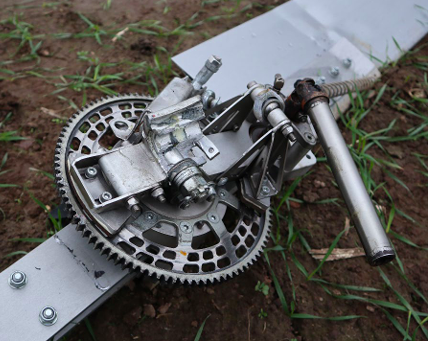Lessons Learned: Structural Overload Failure Investigation

Pilot encounters structural overload failure while flying gyroplane.
A separation was caused by a structural overload failure from exposure to dynamic flight loads, judged to be due to a specific sequence of aircraft maneuvers.
The structural overload failure happened as a solo student pilot was on a local general handling flight when the rotor head of the gyroplane separated from the fuselage in flight.
The gyroplane was found to have been correctly released to service. There were no maintenance issues identified relevant to the accident. A number of operational factors were considered and it was likely that the pilot inadvertently allowed the aircraft to enter a low g flight regime close to, or potentially exceeding, that prohibited by the Cavalon Pilot’s Operating Handbook.
The accident highlighted limitations in the design, testing, manufacture and operating limits for the Cavalon and Cavalon Pro gyroplane types. Based on an assessment of the requirements within BCAR Section T, these limitations could be relevant to other gyroplane types certified to this standard. The investigation also highlighted issues with gyroplane training material regarding the awareness of rotor load factor by pilots. Four Safety Recommendations have been made to address these issues.
The fuselage was located in a field approximately 150 m west of farm buildings and was surrounded by smaller items, which had been released when the fuselage initially struck the ground. The rotor head and blades had detached from the fuselage together and were located in an adjacent field to the fuselage, some 65 m south-south-east of the same farm buildings. Two ground marks from the leading edge of each blade striking the ground were positioned at an obtuse angle to each other. A trail of small items of wreckage stretched from the location of the detached rotor head east-north-east for approximately 500 m across farmland and into the garden of a private residence. These items of wreckage consisted of sections of the right door of the aircraft, along with the tip of one of the propeller blades.
Content/image source/credit: AAIB (Air Accidents Investigation Branch), “AAIB investigation to Rotorsport UK Cavalon, G-CKYT,” published November 7, 2024.



